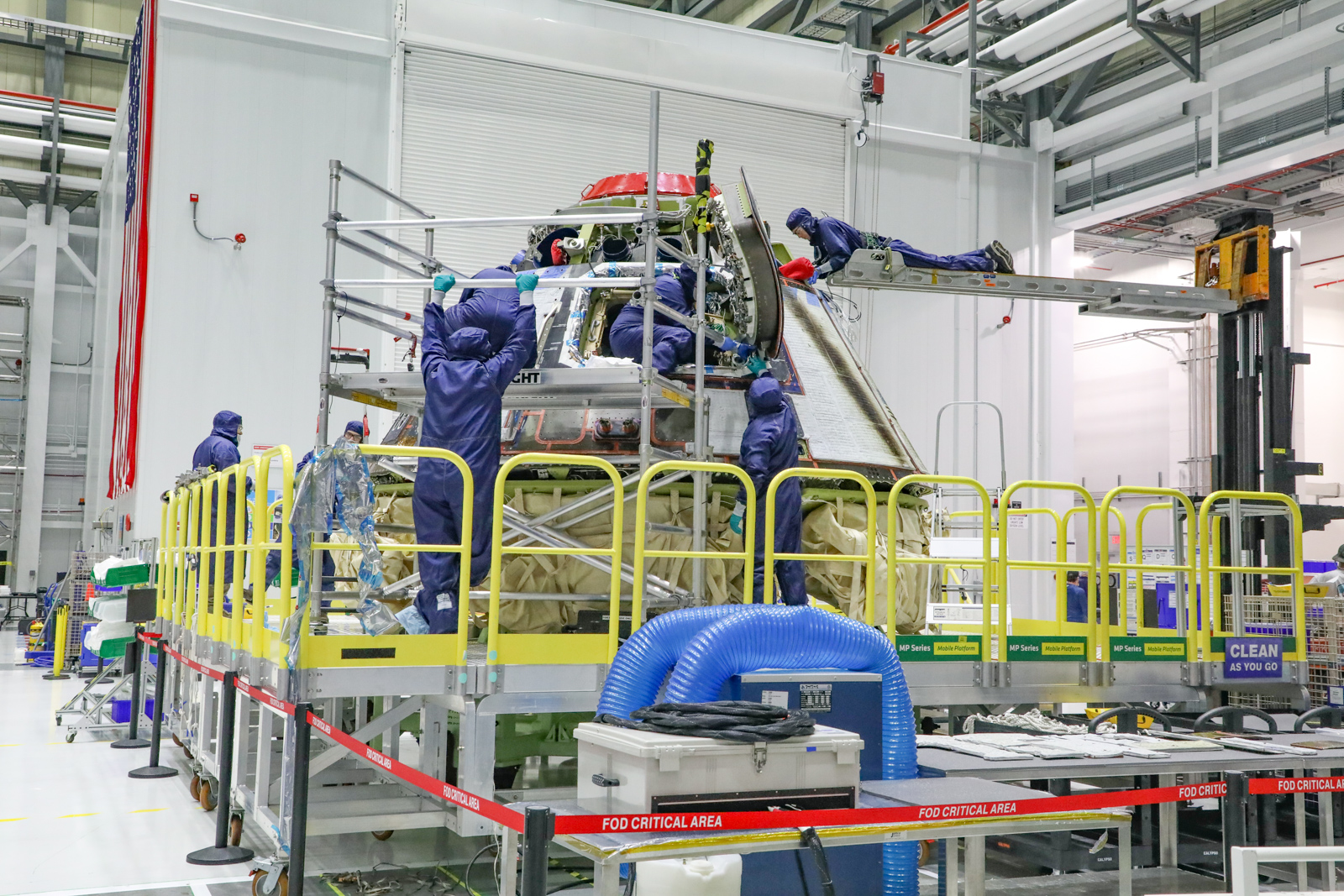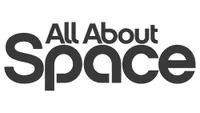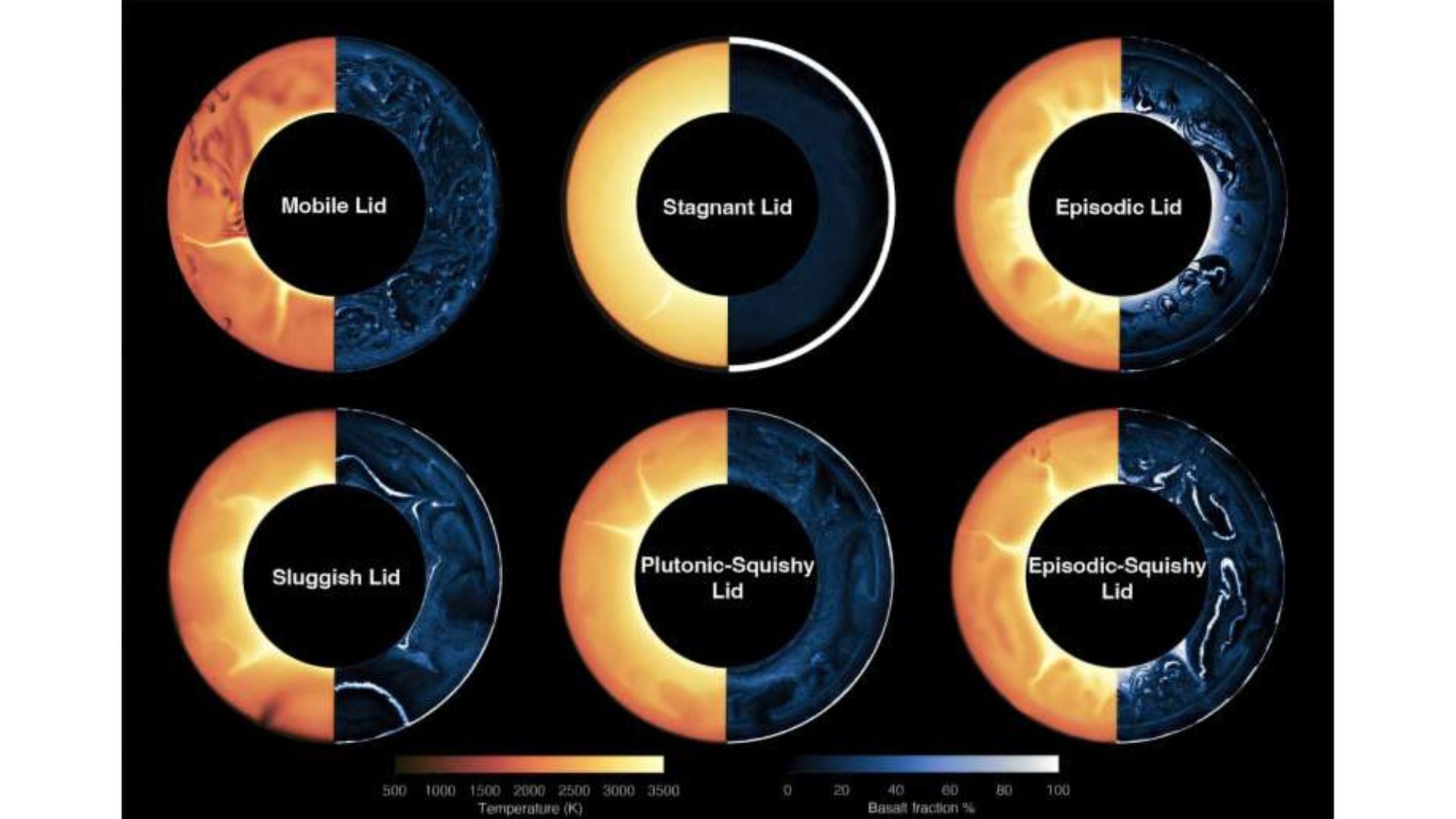Boeing defends Starliner space capsule ground tests after problematic debut flight
After Boeing's CST-100 Starliner failed to reach the International Space Station in an uncrewed test flight in December, NASA has raised some serious questions about the company's ability to safely launch astronauts into space.
A joint NASA-Boeing independent review team identified two major software glitches that arose during the Orbital Flight Test (OFT) mission: an incorrect timer that prevented Starliner from reaching the correct orbit to dock with the space station, and a valve-mapping error with the spacecraft's thrusters that could have caused an in-space collision.
On Wednesday (Feb. 26), the Orlando Sentinel reported that members of NASA's safety advisory panel were surprised to learn that Boeing "did not perform a full, end-to-end integrated test of Starliner in a Systems Integration Lab" with its Atlas V rocket, and that doing such a test "could potentially have caught the issues Boeing later experienced in the mission."
Related: Boeing's 1st Starliner flight test in photos
John Mulholland, vice president and program manager of Boeing's Starliner program, sought to set the record straight about this alleged lack of testing in a teleconference with reporters on Friday (Feb. 28).
"I don't think that report was characterized exactly right," Mulholland said. "We did an extensive amount of testing integrated with the launch vehicle both in the lab in Denver and also in the lab of Houston." But rather than running a test of the entire mission, Boeing broke the flight test into "chunks" that were tested separately, he explained.
Boeing engineers thought that it would be "more logical to break the mission phases into chunks and do a lot of testing in those smaller chunks," he said. "When you do a single run from launch to docking, that's a 25-plus hour single run on the computer." If the team had decided to run this simulated test from the launch all the way to the spacecraft's docking, which happens two or three days after liftoff, "the length of that run would be incredibly long," he said, so the team "decided that they would rather run multiple tests of different chunks of the mission."
Breaking space news, the latest updates on rocket launches, skywatching events and more!
Mulholland added that Boeing deemed these fragmented qualification tests to be "adequate and comprehensive" at the time, and that Boeing's staff was not "taking any shortcuts" by opting not to run the full, end-to-end test. "It was not a matter at all of the team consciously shortcutting or not doing what they believed was appropriate," Mulholland added.
However, he acknowledged that such a test could have been helpful in identifying critical software defects that were missed. "From a hindsight standpoint, I think it's very easy to see what we should have done, because we uncovered an error," Mulholland said. "At the time, that sensitivity wasn't wasn't recognized."
Having learned from its past mistakes, Boeing now plans to implement the longer, more complete tests before Starliner flies again.
"The one improvement that we're going to make going forward is to make sure that before each flight, we will run the launch-to-docking phase of the mission, and then we'll run the docking-to-landing phase of the mission completely."
NASA, which commissioned Boeing (and SpaceX) to build spacecraft that will launch astronauts from American soil for the first time in nearly a decade, has expressed concerns over the company's development and testing procedures for Starliner, particularly when it comes to software issues. The agency has not yet publicly said whether it will require Boeing to repeat the uncrewed OFT mission before the first crewed Starliner mission, which has been scheduled to launch to the International Space Station in mid-2020.
The independent review team has completed its investigation of Starliner's hardware and mission data and has found no new problems with the spacecraft. However, they're still working to audit more than 1 million lines of code to look for any other possible software defects. Mulholland said it would be at least a few more weeks before that audit is complete.
- Boeing's Starliner test flight had a 2nd critical software issue, NASA panel finds (report)
- 'I can't wait to try it out': Starliner's 1st riders welcome capsule back to Earth
- New Boeing video shows Snoopy's ride on Starliner Orbital Flight Test
Email Hanneke Weitering at hweitering@space.com or follow her @hannekescience. Follow us on Twitter @Spacedotcom and on Facebook.
OFFER: Save at least 56% with our latest magazine deal!
All About Space magazine takes you on an awe-inspiring journey through our solar system and beyond, from the amazing technology and spacecraft that enables humanity to venture into orbit, to the complexities of space science.

Hanneke Weitering is a multimedia journalist in the Pacific Northwest reporting on the future of aviation at FutureFlight.aero and Aviation International News and was previously the Editor for Spaceflight and Astronomy news here at Space.com. As an editor with over 10 years of experience in science journalism she has previously written for Scholastic Classroom Magazines, MedPage Today and The Joint Institute for Computational Sciences at Oak Ridge National Laboratory. After studying physics at the University of Tennessee in her hometown of Knoxville, she earned her graduate degree in Science, Health and Environmental Reporting (SHERP) from New York University. Hanneke joined the Space.com team in 2016 as a staff writer and producer, covering topics including spaceflight and astronomy. She currently lives in Seattle, home of the Space Needle, with her cat and two snakes. In her spare time, Hanneke enjoys exploring the Rocky Mountains, basking in nature and looking for dark skies to gaze at the cosmos.


